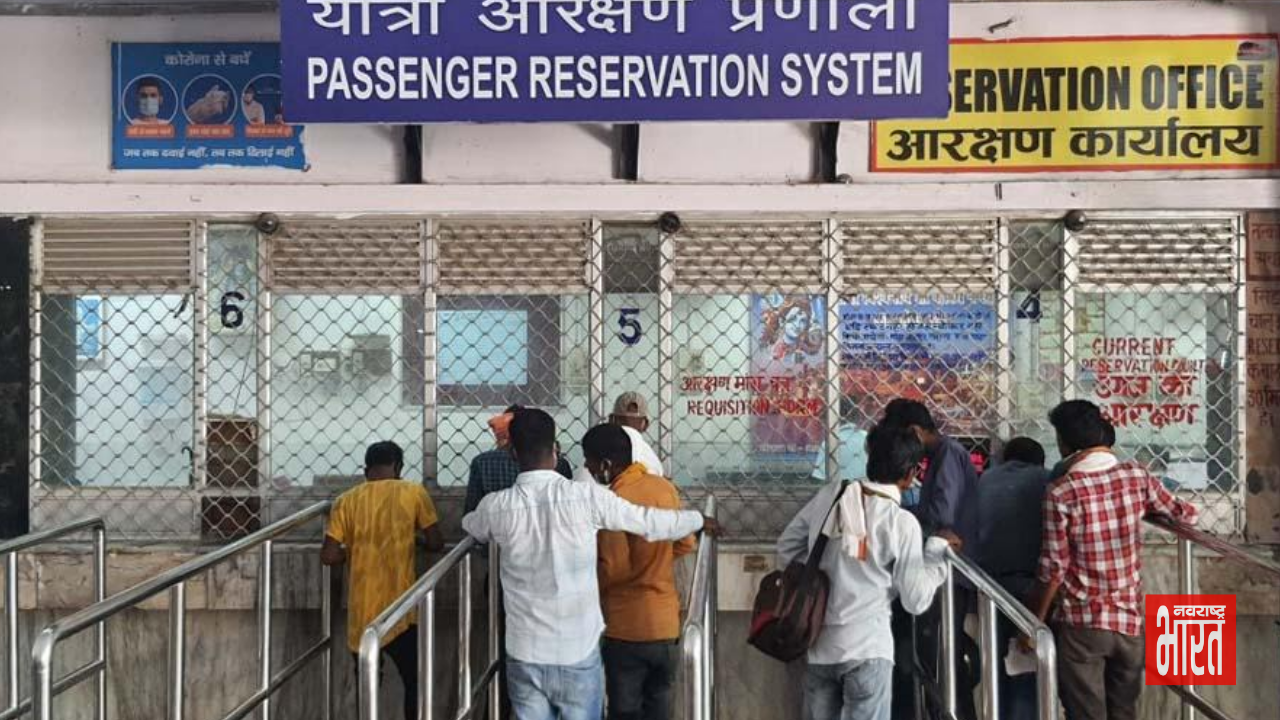
Over millions of years, Earth’s landscapes have continuously transformed. Natural forces and human actions have shaped, reshaped, and sometimes erased unique sites that were once vibrant with life. These vanished places serve as reminders of Earth’s dynamic character, illustrating both natural phenomena and the effects of human activity. Here are six incredible places that no longer exist, each with its own unique story and significance.
1. East Island
Located in the Hawaiian Archipelago’s French Frigate Shoals, East Island was a critical sanctuary for endangered species like the Hawaiian green sea turtle and the monk seal. However, in 2018, Hurricane Walaka’s massive storm surge entirely submerged the island, erasing it from the map. This loss underscores the vulnerability of low-lying islands to severe weather events and rising sea levels, highlighting an urgent need for climate action.
2. The Pink and White Terraces
Dubbed the “Eighth Wonder of the World,” New Zealand’s Pink and White Terraces were magnificent natural silica formations created by geothermal activity. Hot, mineral-rich water cascaded over the terraces, producing vivid pink and white hues. Unfortunately, in 1886, the eruption of Mount Tarawera buried these terraces under volcanic ash. Despite extensive efforts to locate remnants, they remain lost to history, remembered only in records and historical artworks.
3. Guaíra Falls
Once spanning the Brazil-Paraguay border, Guaíra Falls was one of the world’s most powerful waterfalls, surpassing even Niagara Falls in terms of water flow. However, the construction of the Itaipu Dam in 1982 flooded the area, permanently submerging the falls and the surrounding landscape. Today, Guaíra Falls lies beneath the reservoir, a poignant reminder of the environmental costs of large-scale engineering projects.
4. Bering Land Bridge
During the last Ice Age, the Bering Land Bridge, or Beringia, linked Asia and North America, facilitating migration of people, animals, and plants between the continents. Rising sea levels eventually flooded Beringia, leaving only the Bering Strait as evidence of this ancient connection. The lost land bridge reflects Earth’s evolving geography and the critical role of ancient migrations in shaping human history.
5. Irharhar River
Once a lifeline flowing through the Sahara Desert, the Irharhar River supported ancient civilizations and ecosystems. Over thousands of years, shifting climatic conditions caused the river to dry up, transforming the region into one of the world’s driest deserts. The remains of this riverbed remind us of climate change’s profound impact on landscapes and ecosystems.
6. The Aral Sea
Once one of the largest lakes on Earth, the Aral Sea in Central Asia has nearly vanished due to the diversion of rivers for irrigation. Now fragmented into smaller lakes surrounded by desert, this ecological disaster has devastated local communities and ecosystems. The Aral Sea’s story illustrates the unintended consequences of unsustainable water management.
7. Rapa Nui’s Forests
Rapa Nui, or Easter Island, was once lush with forests that sustained its early inhabitants. Over centuries, these forests were overharvested, leading to deforestation and soil erosion. Today, the landscape is largely barren, with the island’s iconic moai statues standing as a haunting testament to a lost ecosystem. The deforestation of Rapa Nui underscores the importance of sustainable resource management.
These lost places remind us of Earth’s dynamic nature and the lasting impact of human activities. From lush forests and flowing rivers to vibrant islands, their disappearance highlights the effects of climate change, extreme weather, and unsustainable practices. They serve as powerful lessons, urging us to take meaningful action to protect our planet and prevent further loss of its wonders.















